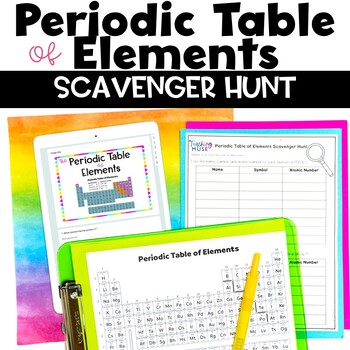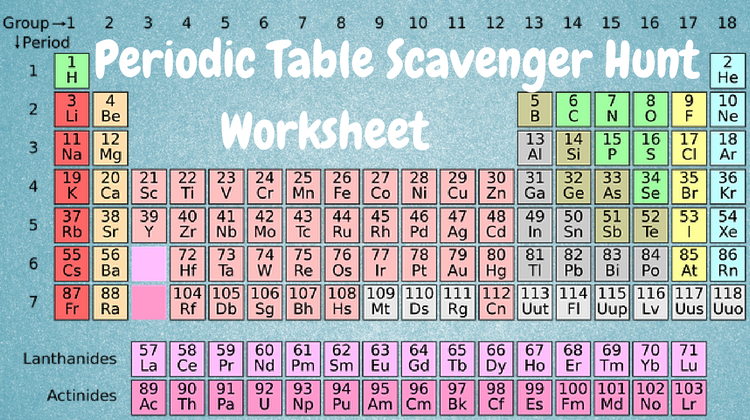Periodic Table Scavenger Worksheet. Periodic Puzzles: In each of the following puzzles, each element represented has been assigned a RANDOM letter. (I.e., H is not hydrogen, S is not sulfur, etc.) Your job is to figure out where in the periodic table each element belongs based on the properties in the clues below and place it in the periodic table at the bottom of the page. Grab your periodic table and search for the answers to this Periodic Table Scavenger Hunt!

So make certain that you click the link Make a duplicate of the pre-filled Google Sheet for editing.
When you arrive on their page that is principal, all you've got to do is either select one of many templates they provide or Start Fresh.
Every element in group one has _____ electron in its outer shell. Energy, the solar system, even the periodic table are all forms of physical science. Able to identify the positions of and explain why elements in the main groups of metals, non-metals, alkali metals, alkalinie earth metals, halogens and noble gases in the periodic table have similar properties.








